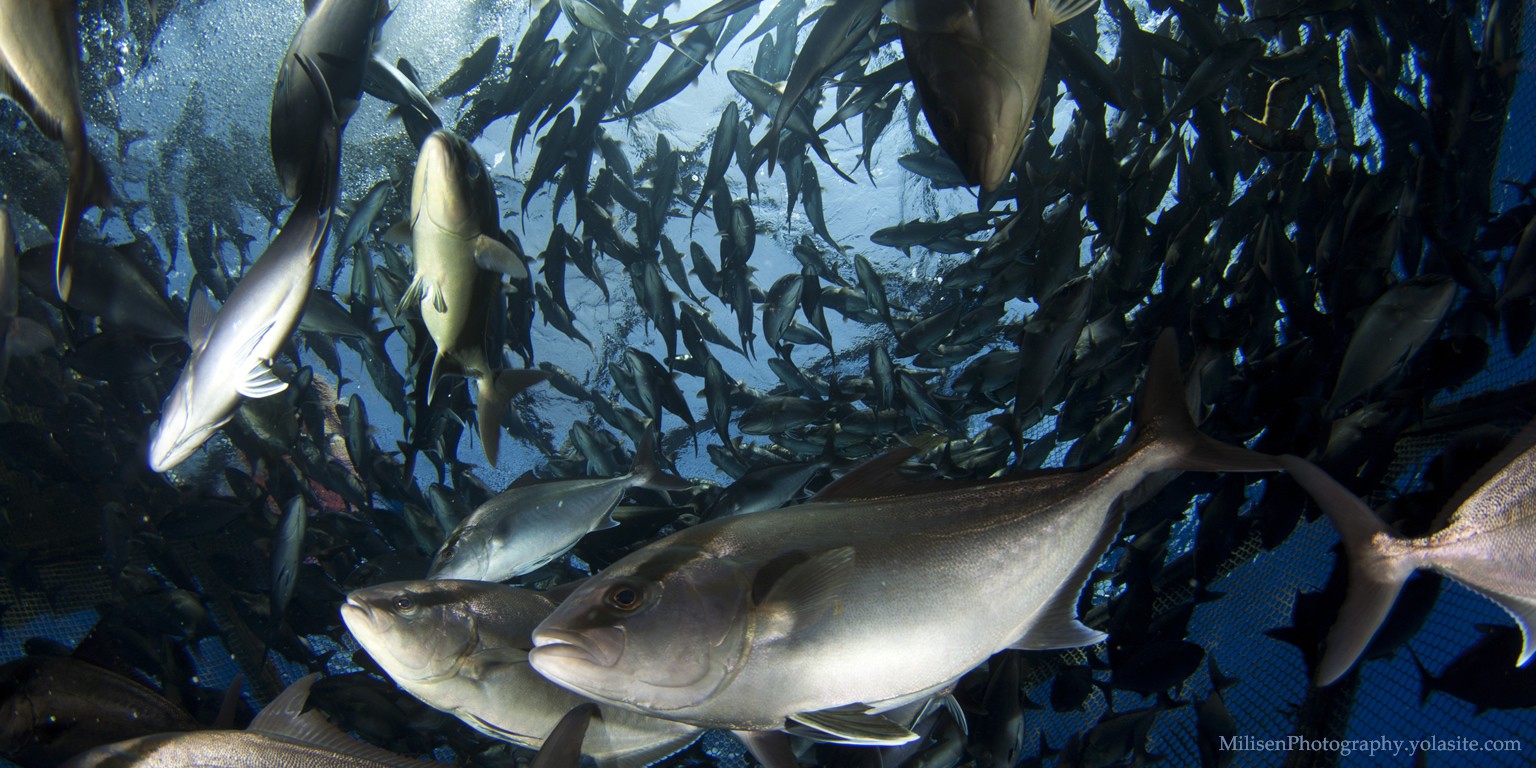Unfazed by a recent setback in federal appeals court, the National Marine Fisheries Service is moving ahead on planning “aquaculture opportunity areas” in federal waters off southern California and in the Gulf of Mexico.
Still in the very early stages, the planning process will evaluate the potential in those regions and map out what NMFS planners envision as clusters of three to five fish farming operations. The gulf and Pacific coast areas were selected “based on the already available spatial analysis data and current industry interest in developing sustainable aquaculture operations in the region,” according to agency officials.
“Naming these areas is a big step forward,” said NMFS administrator Chris Oliver in announcing the move toward implementing the Trump administration’s May executive order on promoting U.S. seafood industry development. “The creation of Aquaculture Opportunity Areas will foster the U.S. aquaculture industry as a needed complement to our wild capture fisheries. This type of proactive work creates opportunities for aquaculture farmers and maintains our commitment to environmental stewardship.”
The long-range plan calls for 10 development areas around the coasts that would support finfish, shellfish, seaweed and combinations of those maricultures. NMFS officials say they will “use scientific analysis and public engagement to highlight spaces that are environmentally, socially, and economically appropriate for commercial aquaculture.”
"The exact locations will be identified based on best-available science, including data-driven siting analyses using hundreds of data layers of ocean conditions and uses,” said Nicole LeBoeuf, Acting Assistant Administrator for the National Ocean Service. “Stakeholder input is also essential to ensure the Aquaculture Opportunity Areas are sited in the best locations for aquaculture and to avoid conflicts with other industries or environmental harm."
“Along with the advanced spatial analysis, public input is vital to this process” said Danielle Blacklock, NMFS director of the office of aquaculture. “In the coming months and years we plan to conduct outreach, requests for information, and listening sessions to allow our stakeholders to share their insights into the creation of these opportunity areas.”
Judges rejected NMFS’ position that it has jurisdiction under the Magnuson-Stevens Fishery Conservation and Management Act, ruling in favor of environmental and fishing groups who challenged plans for a finfish pen pilot project off Florida’s west coast that could have grown to produce up to 64 million pounds of fish a year.
NMFS cannot get into the business of permitting and regulating offshore fish farming without first getting Congress to grant it that power, ruled a majority on the three-judge Fifth Circuit Court of Appeals panel.
“The act neither says nor suggests that the agency may regulate aquaculture,” Judge Stuart Kyle Duncan wrote in the majority opinion issued Aug. 3. “The agency interprets this silence as an invitation, but our precedent says the opposite: Congress does not delegate authority merely by not withholding it.”
Hawaii-based Ocean Era’s proposal for fish pens 45 miles west of Sarasota, Fla., has support from the Florida state Department of Agriculture. With a long-established clam and oyster aquaculture industry already in state waters, the state agency has asked NMFS to include Florida in its Gulf of Mexico offshore aquaculture planning area.







